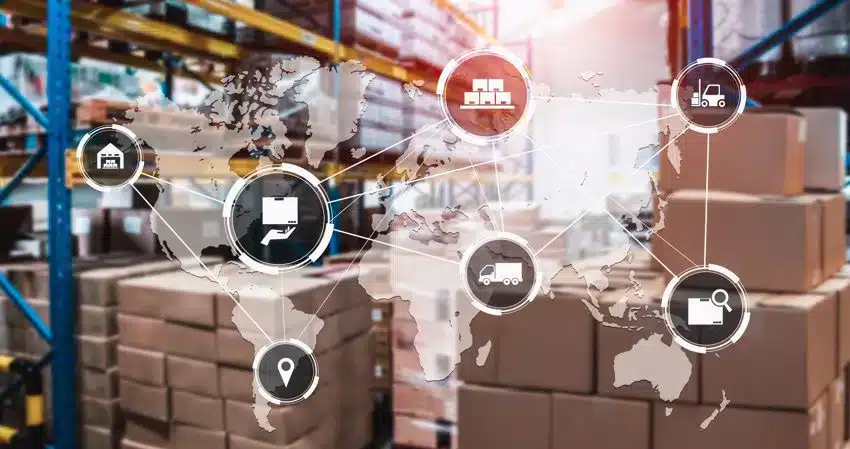This article originally appeared on SDCExec.com.
 The supply chain industry is changing rapidly and there is a digital revolution transforming every sector of the marketplace. The digital revolution is giving companies faster and more comprehensive access to their business’s flow of data. For decades now, the supply chain industry organizational model has been characterized by silos. Parcel data was kept in one silo, separate from freight data — which was separate from warehousing data. These disconnected data silos, along with the ubiquity of paper invoices, made it nearly impossible for companies to have a complete, accurate and up-to-date understanding of their supply chain.
The supply chain industry is changing rapidly and there is a digital revolution transforming every sector of the marketplace. The digital revolution is giving companies faster and more comprehensive access to their business’s flow of data. For decades now, the supply chain industry organizational model has been characterized by silos. Parcel data was kept in one silo, separate from freight data — which was separate from warehousing data. These disconnected data silos, along with the ubiquity of paper invoices, made it nearly impossible for companies to have a complete, accurate and up-to-date understanding of their supply chain.
This system is becoming a thing of the past as businesses are now able to consolidate their data into one centralized platform that connects every aspect of their supply chain with real-time visibility.
This industry shift will drive greater efficiencies and profits in three key ways:
1. Connectivity
Through the development and increasing prevalence of application programming interface (API) connections, shippers are able to bring together all of their information from separate modes and various carriers into one centralized database. Warehouse metrics can be seamlessly integrated with shipping data to calculate the full cost of a shipment over the entire supply chain. Fulfillment centers can instantly utilize customers’ order entry data to keep up with the fast-paced e-commerce economy. The ability to easily access all pertinent data simplifies the decision-making processes and allows companies to quickly and efficiently strategize for the future while also managing any problems that arise in the present.
2. Automation
General ledger coding that used to take a physical employee 10 hours every week is now easily handled by sophisticated algorithms that knock out the task behind the scenes in seconds. Rate auditing and service failures are now handled without ever looking at an actual invoice, with refunds being requested automatically. Transportation management systems can bring back the most competitive rates from multiple carriers’ websites and then request pickups for both freight and parcel shipments, all on their own with the right business rules in place. Embracing the new digital frontier can save massive amounts of time and manpower, allowing companies to focus on what it is they do best.
3. Analysis
There’s a limit on how much information businesses can glean by sifting through paper invoices. Modern business intelligence tools utilize the automated connections of the digital revolution to coalesce thousands of individual data points into a coherent picture. The latest technology suites come equipped with dashboards that graphically represent every aspect of a company’s supply chain, forming an extremely detailed yet easy to interpret analysis. For even deeper data dives, the reporting capabilities of modern platforms make it easy to compare and contrast multiple data sets from anywhere along the supply chain. Accessing data is one thing, but being able to turn that data into intelligent, actionable strategies is what is going to set businesses apart in the coming years.
Now is not the time to double down on antiquated or entrenched processes. The supply chain industry is evolving at a rapid pace to keep up with the ever-changing e-commerce economy and the late adopters will be long forgotten by the time the dust settles. The only way to avoid falling behind is to embrace the digital revolution and pivot away from disparate data silos to a centralized, connected and automated control tower. There are technology platforms currently operating in the marketplace that can make this revolution possible. For each individual business, the future begins with a simple choice: forward or backward? Those are the only options.
Brad McBride has been in the transportation industry for 30 years. He founded Zero Down Supply Chain Solutions in 2003 after many years in high-level sales and operations roles in the logistics industry. Determined to make an impact on traditional industry practices and provide considerable savings for businesses, Brad also launched FreightOptics, the cutting-edge technology that provides one-login access to view and optimize all modes of transportation.
To read the article in its original version, visit: https://www.sdcexec.com/software-technology/blog/21050192/the-supply-chain-revolution-will-be-digitized




